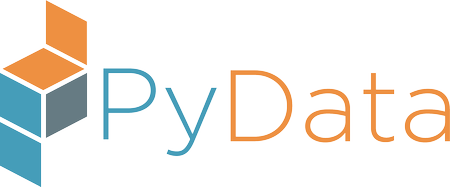Tuesday 4:25 p.m.–5 p.m.
Exploring temporal graph data with Python: a study on tensor decomposition of wearable sensor data
Andre Panisson
- Audience level:
- Intermediate
Description
We will see how tensor decompositions can be carried out using Python, how to obtain latent components and how they can be interpreted, and what are some applications in the academy and industry. We will see a use case where tensor decomposition was used to extract structural and temporal signatures from a time-varying social network collected from wearable proximity sensors.
Abstract
Tensor decompositions have gained a steadily increasing popularity in data mining applications. Data sources from sensor networks and Internet-of-Things applications promise a wealth of interaction data that can be naturally represented as multidimensional structures such as tensors. For example, time-varying social networks collected from wearable proximity sensors can be represented as 3-way tensors. By representing this data as tensors, we can use tensor decomposition to extract community structures with their structural and temporal signatures.
The current standard framework for working with tensors, however, is Matlab. We will show how tensor decompositions can be carried out using Python, how to obtain latent components and how they can be interpreted, and what are some applications of this technique in the academy and industry. We will see a use case where a Python implementation of tensor decomposition is applied to a dataset that describes social interactions of people, collected using the SocioPatterns platform. This platform was deployed in different settings such as conferences, schools and hospitals, in order to support mathematical modelling and simulation of airborne infectious diseases. Tensor decomposition has been used in these scenarios to solve different types of problems: it can be used for data cleaning, where time-varying graph anomalies can be identified and removed from data; it can also be used to assess the impact of latent components in the spreading of a disease, and to devise intervention strategies that are able to reduce the number of infection cases in a school or hospital. These are just a few examples that show the potential of this technique in data mining and machine learning applications.


















